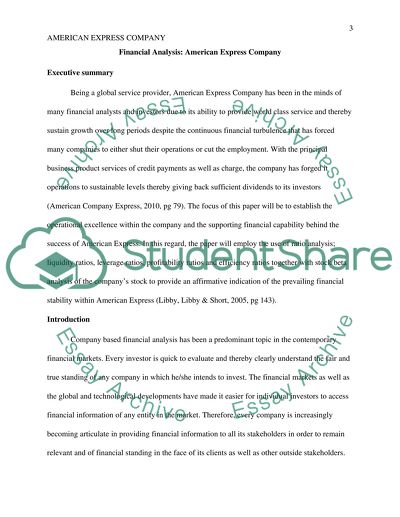Cite this document
(“Financial Analysis: American Express Company Essay”, n.d.)
Retrieved de https://studentshare.org/finance-accounting/1391963-financial-analysis
Retrieved de https://studentshare.org/finance-accounting/1391963-financial-analysis
(Financial Analysis: American Express Company Essay)
https://studentshare.org/finance-accounting/1391963-financial-analysis.
https://studentshare.org/finance-accounting/1391963-financial-analysis.
“Financial Analysis: American Express Company Essay”, n.d. https://studentshare.org/finance-accounting/1391963-financial-analysis.


